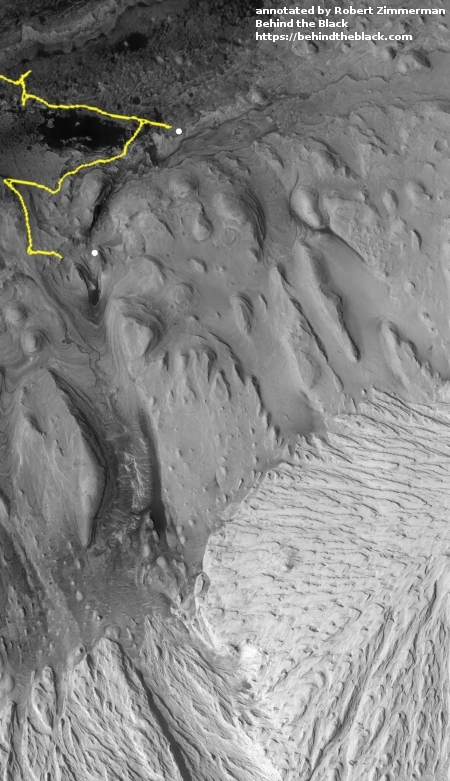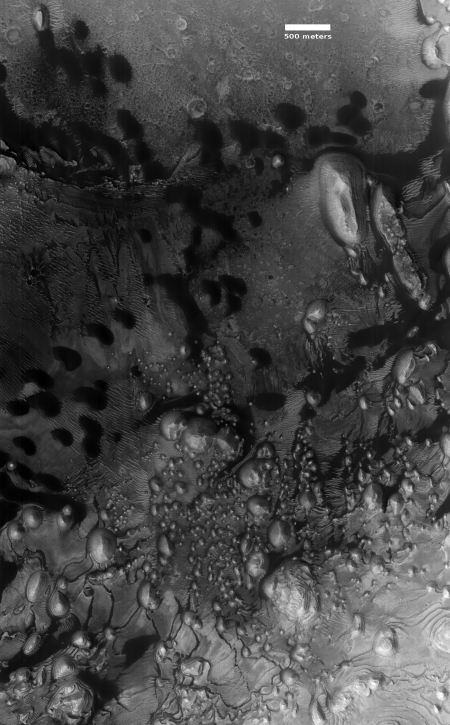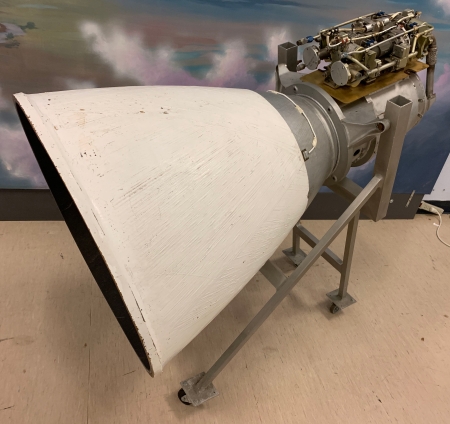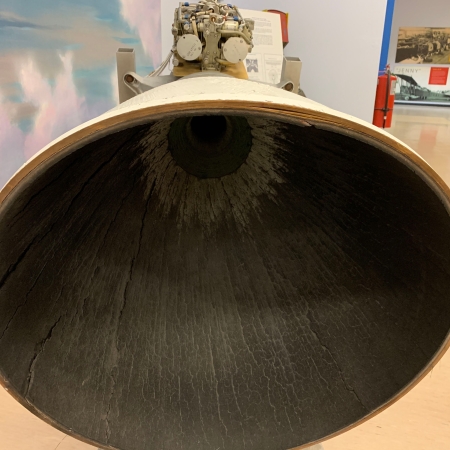FCC fines company $900K for unapproved satellite launch
The FCC has issued a $900K fine against the smallsat company Swarm for its unlicensed launch in January on an Indian rocket of four smallsats.
Along with paying a massive fine, Swarm has agreed to submit reports to the FCC before every satellite launch it wants to make for the next three years. These reports must include all of the details about the launch vehicle that will carry the satellites, the time and location of the launch, and contact information for who is coordinating the launch. And Swarm has to do this a lot, too. Reports need to be submitted within five days of Swarm purchasing a ride on a rocket, or within 45 days of the flight. Additional reports must be submitted when the satellites are shipped to be integrated on the rocket, whenever the satellites are actually integrated, and around the time the launch is supposed to take place.
Within the next two months, Swarm must also establish its own “compliance plan” and appoint a compliance officer to make sure the company adheres to all of the regulations surrounding a satellite launch. This entails crafting clearly defined procedures and checklists that every employee must follow to confirm that the FCC’s licensing requirements are being met.
I have very mixed feelings about this. While it is important that the FCC make sure U.S. satellites are compliant with the Outer Space Treaty and that satellite makers and launch companies do not do things willy-nilly without some common sense coordination, this settlement, with its complex bureaucratic paperwork requirements, strikes me more as a power play by the agency to tell everyone that the government will rule here.
At the same time, I can understand the FCC’s concern. We are about to see a smallsat revolution, with tens of thousands of these satellites being built and launched by numerous big and small companies. The FCC wanted it very clear to everyone the need to get that licensing done properly. This settlement makes that clear.
The FCC has issued a $900K fine against the smallsat company Swarm for its unlicensed launch in January on an Indian rocket of four smallsats.
Along with paying a massive fine, Swarm has agreed to submit reports to the FCC before every satellite launch it wants to make for the next three years. These reports must include all of the details about the launch vehicle that will carry the satellites, the time and location of the launch, and contact information for who is coordinating the launch. And Swarm has to do this a lot, too. Reports need to be submitted within five days of Swarm purchasing a ride on a rocket, or within 45 days of the flight. Additional reports must be submitted when the satellites are shipped to be integrated on the rocket, whenever the satellites are actually integrated, and around the time the launch is supposed to take place.
Within the next two months, Swarm must also establish its own “compliance plan” and appoint a compliance officer to make sure the company adheres to all of the regulations surrounding a satellite launch. This entails crafting clearly defined procedures and checklists that every employee must follow to confirm that the FCC’s licensing requirements are being met.
I have very mixed feelings about this. While it is important that the FCC make sure U.S. satellites are compliant with the Outer Space Treaty and that satellite makers and launch companies do not do things willy-nilly without some common sense coordination, this settlement, with its complex bureaucratic paperwork requirements, strikes me more as a power play by the agency to tell everyone that the government will rule here.
At the same time, I can understand the FCC’s concern. We are about to see a smallsat revolution, with tens of thousands of these satellites being built and launched by numerous big and small companies. The FCC wanted it very clear to everyone the need to get that licensing done properly. This settlement makes that clear.







